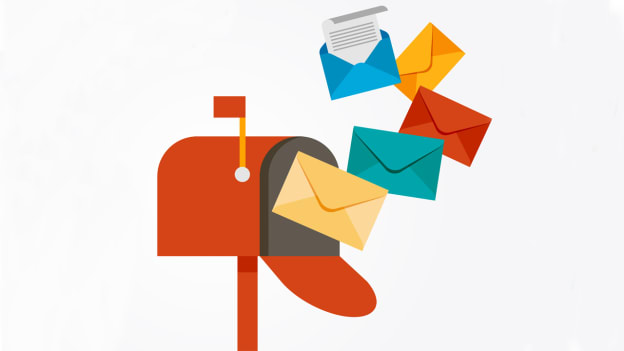Fix your email to improve workplace productivity

There is no doubt that technology has made it easier for us to communicate at work. Be it running things past a colleague, organizing a virtual meeting, or finding out the status of a project; everything can now be done in a few clicks or taps.
Naturally, one would presume that workplace productivity has increased as a result; however, that is not the case. The overall productivity of an average American has only grown 1-2 percent every year during the technology boom, suggests U.S. Bureau of Labor Statistics. That’s not all; the average worker spends nearly 20 percent of their workweek searching for internal information or looking for the right colleague to help with a task, according to Igloo’s State of the Digital Workplace, 2018.
The fact of the matter is that employees are easily getting distracted. On top of that, they aren’t equipped with the right means to deal with these distractions. With over 3 billion people using email, it is still a popular form of communication, but it is taking up to 28 percent of an employee’s time, says a McKinsey study. So, how do you not only deal with the daily deluge of emails but get more work done from your inbox?
Schedule your own ‘Email Time’
If there is one habit common among most employees at work, it is checking emails. The average adult checks their email 45 times a day. However, the more you check your email, the more distracted you become. In fact, according to a Gallup study, it can take people up to 23 minutes to fully recover from an interruption. Thus, scheduling ‘Email Time’ is a great way to bring some order to viewing emails. Fix a couple of time slots throughout the day for reading your inbox.
Furthermore, if you are a morning person, don’t look at emails before 11 AM. Another good practice is to check emails just twice a day; once as soon as you get to work, and once in the evening. Ultimately, your Email Time will vary based on the nature of your work and routine that you follow. However, the end-goal is not to open your inbox whenever you feel like it.
Follow the 2-minute productivity rule
A popular methodology in the productivity space, the 2-minute rule can help you stop procrastinating over emails. According to this rule, if an Email reply requires less than 2 minutes of your time, do it right away. On the other hand, if it requires you to spend more than 2 minutes, respond it to later, preferably at the end of the day. By simplifying how you look at emails, there are only two possible actions you take; thus, you can sift through your inbox a lot faster and spend more time doing things that matter.
Prioritize your emails
Most inboxes are like rabbit holes. It’s quite easy to lose any sense of time when you’re scrolling inside one. One of the main reasons this happens is because most of us don’t prioritize emails. Categorize all emails in one of the following categories; the urgent ones which require you to respond immediately; the important ones which can be attended to by the end of the day; the not-so-important emails can be archived or deleted; and, then the emails which are to be filed into specific folders (company documents, bills, board presentations, and more). Another way in which you can prioritize emails is by asking your team to mention a response deadline along with the email.
Send fewer emails
As clichéd as it may sound, to receive fewer emails, you will have to send fewer emails. It really is that simple. So, don’t reply to emails unless you absolutely have to. If there’s too much back and forth, it’s always better to talk over the phone or have a face-to-face meeting. Even when you reply, keep your responses crisp and bold. Make statements and don’t ask questions. Use phrases like ‘will get it done’ or ‘let's meet at 10 AM tomorrow’ instead of eloquent descriptions.
Thus, with an organized approach to managing your inbox, it becomes seamless to communicate with your team, quickly pull out important information, and spend your time at work more productively.












